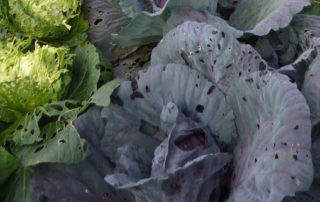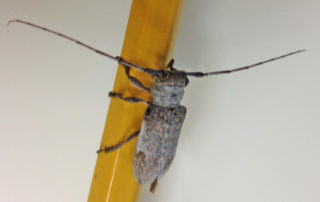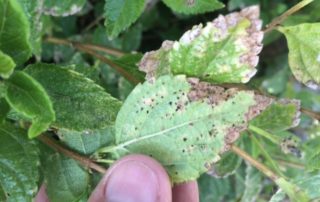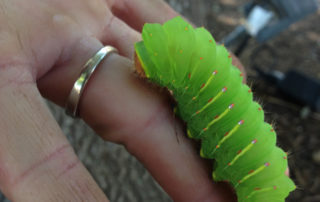Spider Mites on Italian Cypress
Treat Italian Cypress NOW! I’ve often mentioned that we have these “windows” for controlling insects and diseases on plants. For those of you who have Italian Cypress planted in your landscape, don’t miss this opportunity to apply dormant oil to prevent spider mites from infesting your plants this spring. I have had great success with one application of All-Season’s Spray Oil in February/March on Italian Cypress to suppress this damaging insect which often shows up in March. There are a few guidelines to go by for successful results: Temperatures must [...]












